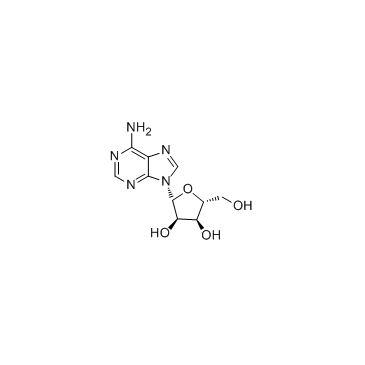| Structure | Name/CAS No. | Articles |
|---|---|---|
 |
Hydrochloric acid
CAS:7647-01-0 |
|
 |
sucrose
CAS:57-50-1 |
|
 |
(+)-Metamfetamine hydrochloride
CAS:51-57-0 |
|
 |
Adenosine
CAS:58-61-7 |
|
 |
HYDROGEN CHLORIDE ~1.25 M IN METHANOL, 250 ML
CAS:132228-87-6 |